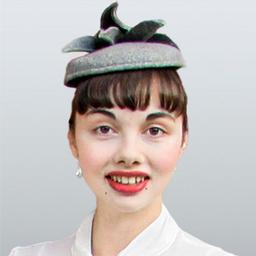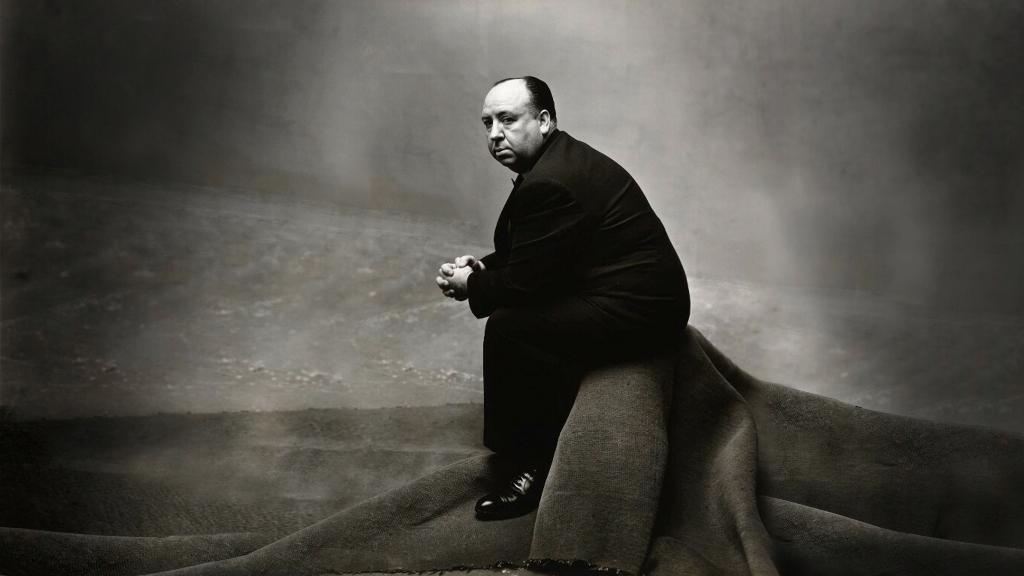Audrey Hepburn remains one of the world’s most beloved fashion icons. This actress, who began her Hollywood career in the early 1950s, shaped fashion trends for decades. Her image, costumes, and quotes continue to be used on trendy merchandise today, making her a recognizable figure to those who know little or nothing about films from the Golden Era of Hollywood.
At the same time, a glamorous diva was influencing international fashion with her style and poise. Maria Callas, a dramatic coloratura soprano called “La Divina,” was as controversial as she was legendary in the opera world.

Their Legacies
Legendary in her own day, Audrey Hepburn remains so decades after her death. As an actress, her Hollywood story was one of overnight success. After appearing in a few inconsequential British films, the continental actress made her Hollywood debut as the leading lady in William Wyler’s romantic drama “Roman Holiday” (1953), co-starring Gregory Peck.
For her emotional and endearing embodiment of a European princess who longs for the simple pleasures of fun, freedom, and romance, she won Best Actress at the Academy Awards. She also won the hearts of American audiences, so she began making many popular films with the film industry’s most dashing leading men.
Hepburn’s second film was a romantic comedy directed by Billy Wilder, “Sabrina” (1954), in which she was torn between wealthy brothers played by William Holden and Humphrey Bogart. She was nominated for a second Best Actress Oscar for this display of versatility. After the film’s success, she continued to alternate between sensitive romances, stirring dramas, historical pieces, and the occasional musical throughout her film career.
Callas’s star rose in Venice in 1949. She'd made her operatic debut eight years earlier in Greece, but this occasion made her a star and set the course of her career. While singing the role of Brünnhilde in Richard Wagner’s “Die Walküre” at the Teatro la Fenice, the soprano playing Elvira in Gaetano Donizetti’s “I puritani” at the same theater became ill. With no understudy for Elvira, acclaimed conductor Tullio Serafin assigned the role to Callas.
Consider what the 25-year-old woman faced. First, she had to learn a huge new role in six days. She still had three performances of Brünnhilde to perform. Beyond that, the vocal styles of these roles are extremely different. Brünnhilde is a dramatic German powerhouse while Elvira is a delicate coloratura. Few singers perform both parts in a lifetime, let alone in one week.

Figures and Fashion
Hepburn was famous for her onscreen transformations. In some of her best-known movies, she changed her appearance as part of her character’s growth. In real life, however, it was Callas who underwent a dramatic physical transformation.When Callas achieved stardom, her appearance matched what people expected of an opera singer: a full-figured woman with a round face and a large body to match her large voice. That changed in 1953. Callas underwent drastic weight loss between 1953 and early 1954, losing around 80 pounds. After initial performances of “Medea,” she decided that she needed to be thinner to do dramatic justice to the role. She later described her reasons:
“I was getting so heavy that even my vocalizing was getting heavy. I was tiring myself, I was perspiring too much, and I was really working too hard. And I wasn’t really well, as in health; I couldn’t move freely. And then I was tired of playing a game, for instance playing this beautiful young woman, and I was heavy and uncomfortable to move around. In any case, it was uncomfortable and I didn’t like it. So I felt now if I’m going to do things right—I’ve studied all my life to put things right musically, so why don’t I diet and put myself into a certain condition where I’m presentable.”

Hepburn also underwent drastic weight loss, but hers was anything but intentional. During World War II, adolescent Hepburn and her family in Holland had little access to food. She lived on endives, tulip bulbs, nettles, and water for years, becoming emaciated and anemic.
When Allied forces rescued the starving people, Hepburn weighed only 88 pounds. This malnutrition in her formative years contributed to her extreme thinness for the rest of her life. Sadly, it also rendered her too weak to pursue her dream career of becoming a professional ballerina.
When Callas lost so much weight, people questioned her methods. She vehemently denied rumors of eating disorders, special weight-loss pasta, and tapeworms, insisting instead that she'd simply eaten smaller portions of lean chicken and salads instead of the excessive portions she previously enjoyed. Given that she maintained her slim figure for the rest of her life, it suggests a disciplined regimen rather than a crash diet.
After her wartime deprivation, Hepburn maintained her slim figure by enjoying a healthy lifestyle of fresh, whole foods and staying active by walking and dancing. She loved fresh produce from her garden as well as pasta and enjoyed her daily treat of dark chocolate.
Interestingly, both women referred to feeling “too fat” as young girls. Callas recalled, “I was the ugly duckling, fat and clumsy,” with her mother unfavorably comparing her to her slender sister, Jackie. After her weight loss, she was called “possibly the most beautiful lady on the stage.”
Two Fashion Icons
If Audrey Hepburn was the fashion icon of 1950s Hollywood, Maria Callas was the same for the opera world. Both ladies modeled glamorous styles that shaped fashion trends for years to come. Hepburn’s personal designer was Givenchy, a close friend whom she met when he designed her costumes for “Sabrina.”
On the other hand, Callas had a very traditional, glamorously feminine look. She always wore a dress or a skirt, often adorned with furs, pearls, and stylish hats. Her long hair was usually styled in a large bun. She was a true diva whether on or offstage.
In terms of talent, beauty, and style, you won’t find two more impressive stars of screen and stage than Audrey Hepburn and Maria Callas.








